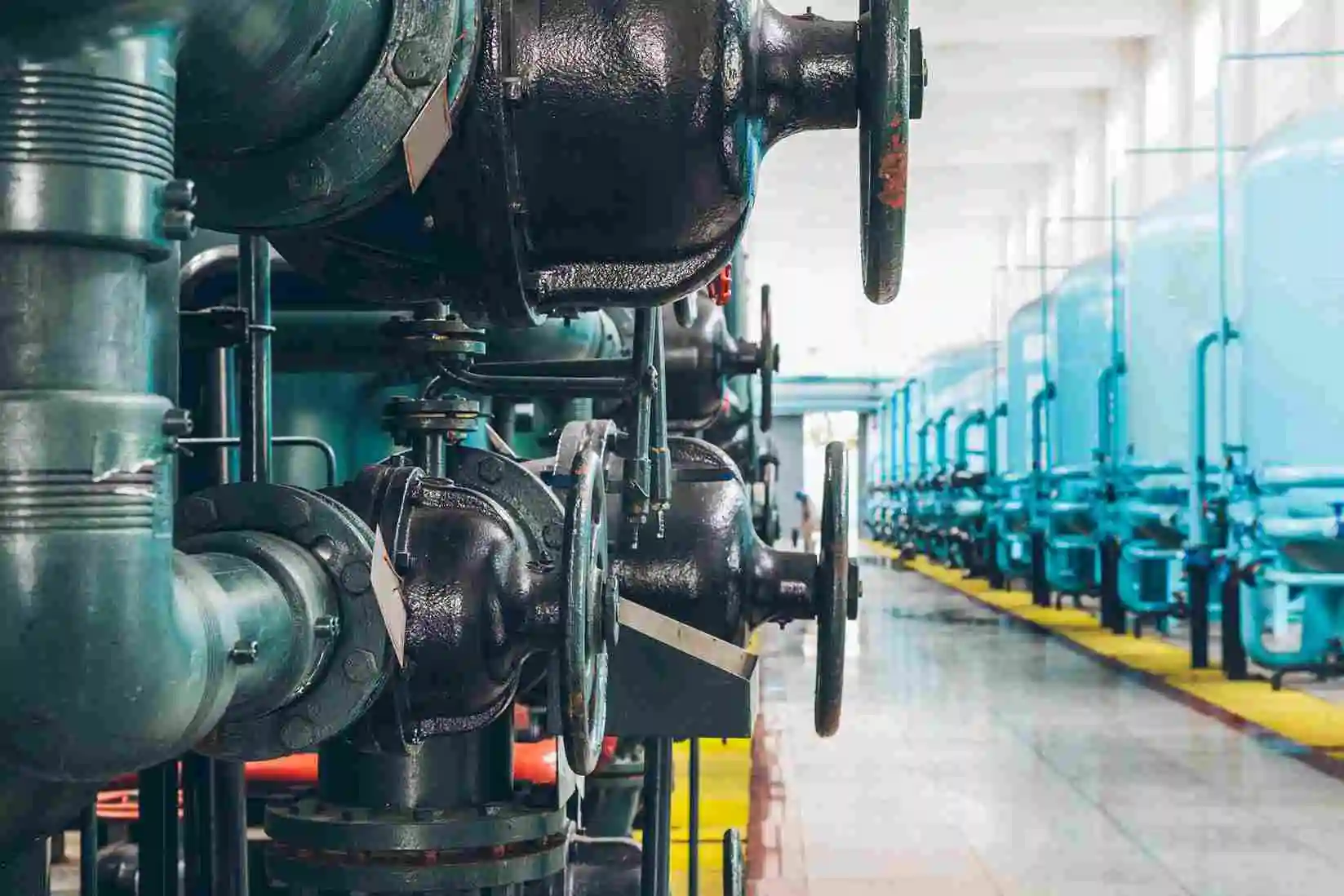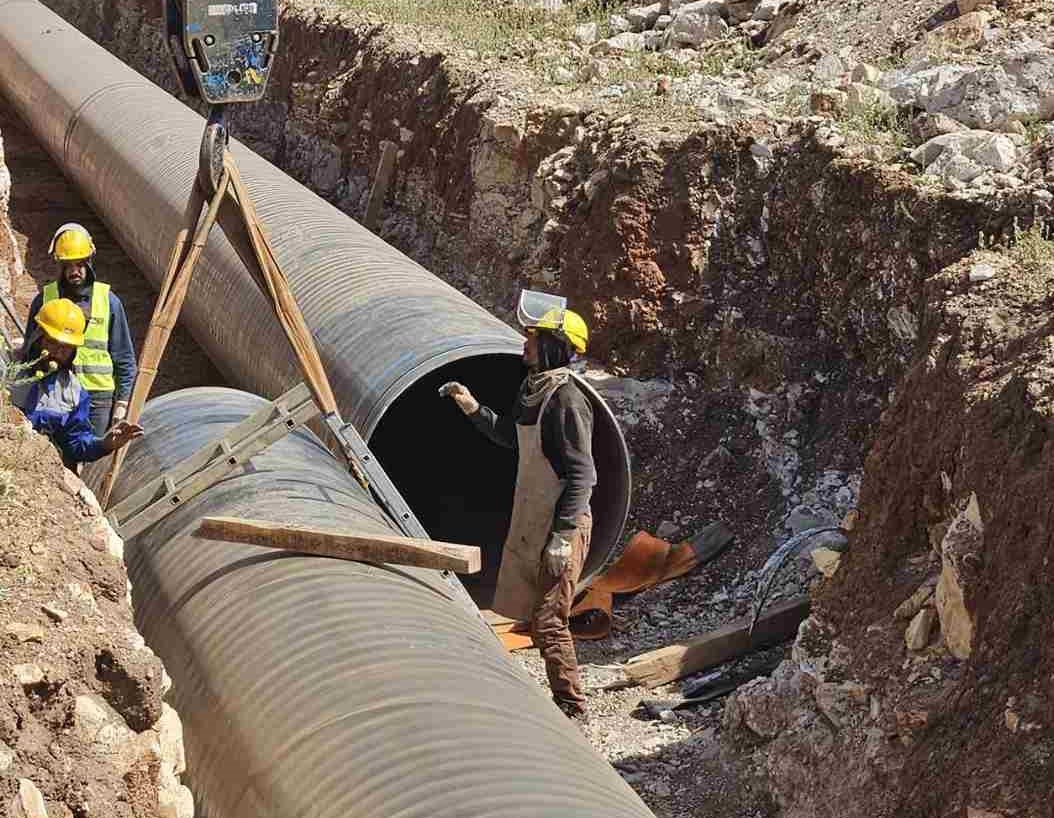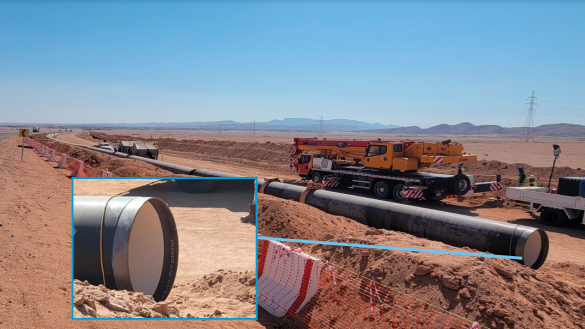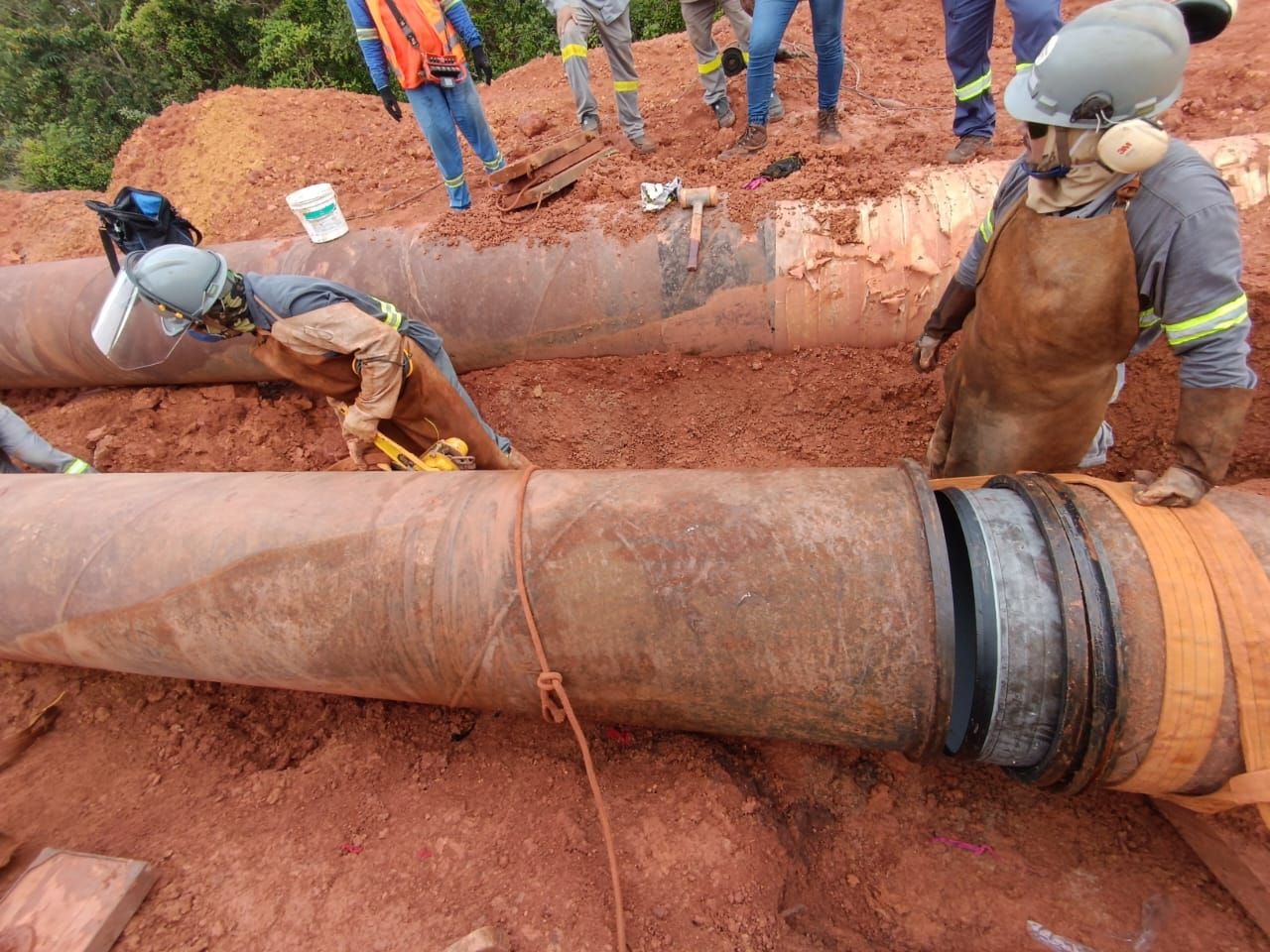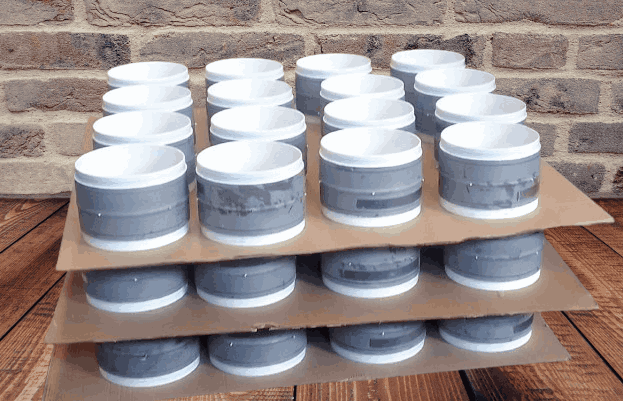Valves are essential in controlling the flow of fluids and gases in various industries and applications. They are mechanical devices that own media movement by opening, closing, or partially obstructing a passage.
They are critical components in multiple industries, including oil and gas industry, power generation, water treatment, manufacturing, etc. Valves are available in various types and designs, each tailored to specific applications and operating conditions. In this blog, we will look at some of the most common valve types and their characteristics.
Read: “What are Different Metal Coating Types?”
The most common types of valves are as follows:
Ball Valves
Ball valves are used often because they can be used for many different things and shut off well. They are made of a spherical closure with a hole in the middle. The spot opens or closes as the ball turns to let or stop the flow.
Ball valves are well-known for how well they seal, how little pressure they lose, and how well they can handle high temperatures and pressures. They are used in many industrial systems, like water systems, oil and gas pipelines, etc.
Globe Valves
The body of a globe valve is shaped like a globe, and it contains a movable disk that regulates flow by moving up and down the valve’s body. They have a good capability for throttling and can deal with various flow rates and pressures.
In facilities requiring accurate flow regulation, such as oil refineries, heating and air conditioning (HVAC) systems, and steam lines, globe valves are a common component.
Gate Valves
Most of the time, gate valves are used for on/off applications because they let all the flow through when they are open and don’t block much when they are closed. A gate or wedge-shaped disk that moves up and down controls the flow.
Gate valves are often used in systems like water treatment plants, petrochemical refineries, and power plants that need a straight-line flow and little pressure drop.
Diaphragm Valves
Diaphragm valves are flexible flow regulators that use a diaphragm that can be bent or stretched. The diaphragm seals against a weir or seat to stop fluid flow. Because the diaphragm separates the fluid from the valve body, these valves can handle corrosive or rough fluids.
Diaphragm valves are used in the pharmaceutical, chemical processing, and food and beverage industries.
Butterfly Valves
Butterfly valves are quarter-turn valves with a round disc that closes the valve. A spinning disc on a spindle controls the flow of water.
Butterfly valves are small, light, and drop pressure very little. They are often used in large-diameter applications and systems that must turn on and off quickly.
Check Valves
Check valves, also called “non-return valves,” only let water flow in one direction and stop water from flowing backwards. They are made to close automatically if the flow goes in the wrong direction, which prevents the backflow.
Check valves come in many different styles, such as swing, lift, and ball check valves. They are often used to stop backflow in pipelines and pumping systems.
Pressure Relief Valves
Pressure relief valves are safety devices that automatically release excess pressure in a system. This prevents damage or a catastrophic failure if the pressure in the system stays too high.
When the pressure exceeds a specific limit, they let the fluid out until it returns to a safe level. Pressure relief valves are essential in fields like oil and gas, chemical processing, and electricity.
Solenoid Valves
Solenoid valves are mechanical valves that are controlled by an electric current. They have a coil and a plunger that moves.
The plunger opens or closes the valve when the lock is turned on or off. We often used solenoid valves in automated systems like HVAC, irrigation, and industrial processes.
Needle Valves
Needle valves have precise flow control because they use a plunger resembling a tapered needle to control the flow passage. The threaded needle lets you make small changes and get accurate readings.
Needle valves are often used in instrumentation systems, labs, and other places where flow rates must be controlled precisely.
Plug Valves
The closing element in a plug valve is typically a cylindrical or conical plug, and the valve itself is a quarter-turn design. The flow can be easily controlled by rotating the pin, which also enables the quick opening and closing of the valve.
The ability to manage multiple varieties of fluids and pressures makes plug valves extremely versatile. In applications requiring frequent operation and bubble-tight shut-off, they are frequently used as a solution.
Conclusion
Valves are important parts in many different industries and uses. Knowing the different types of valves and how they work can help you choose the right valve for your needs. Each type of valve has benefits and uses, such as ball valves for tight shut-offs and globe valves for precise control.
By considering flow characteristics, pressure, temperature, and media, one can choose the right valve for a system and make sure it works well and safely. These are some of the most common types of valves used in a variety of industries and applications.
Each valve type has distinctive characteristics and benefits that make it suitable for particular applications. Understanding the characteristics and applications of various valves is essential for selecting the appropriate valve for a given system or process, thereby ensuring its efficient and dependable operation.

